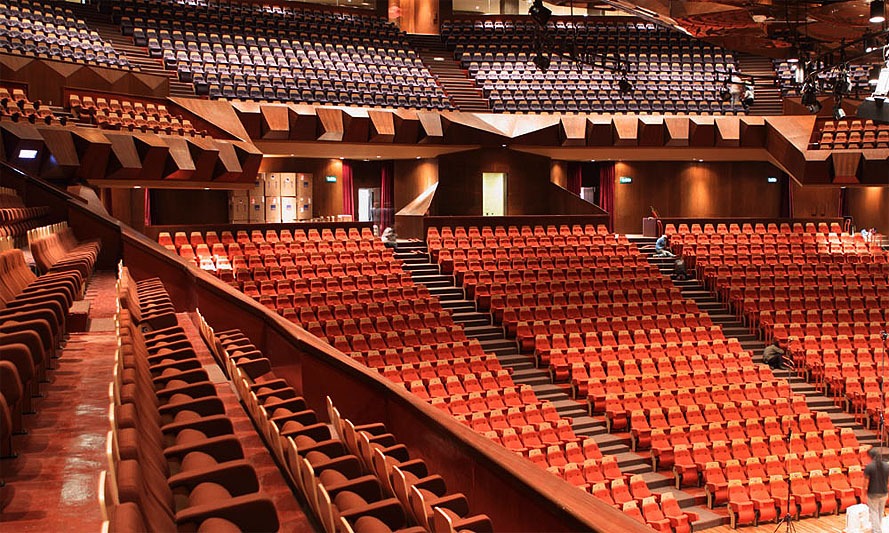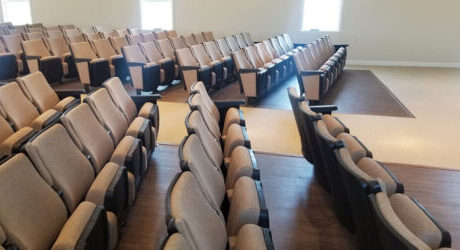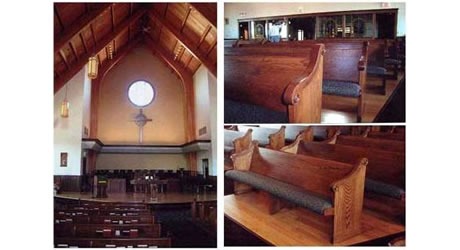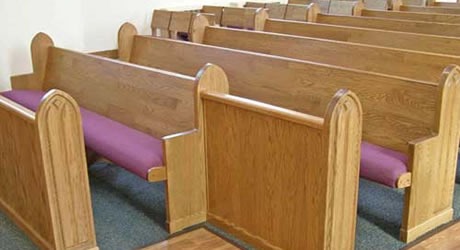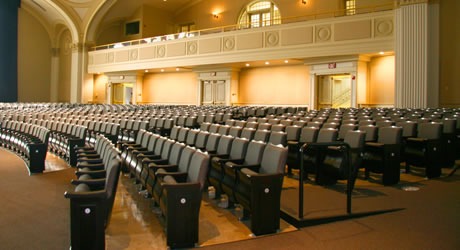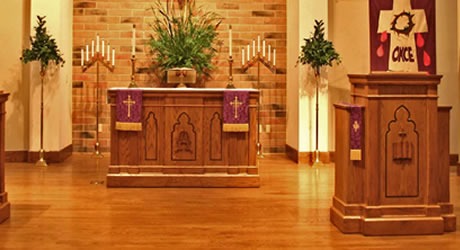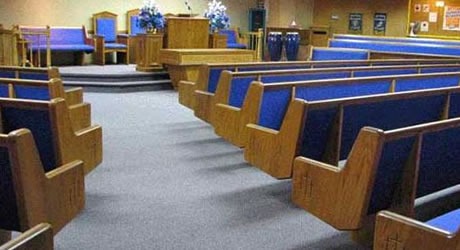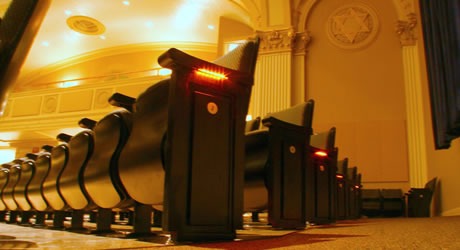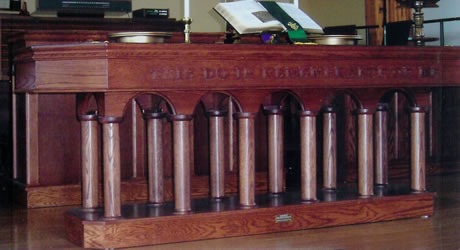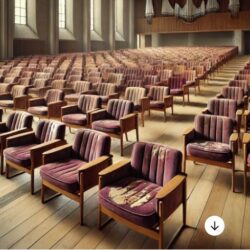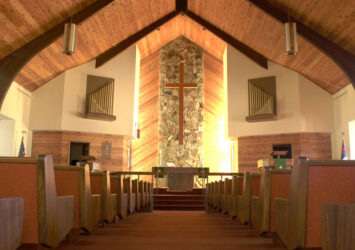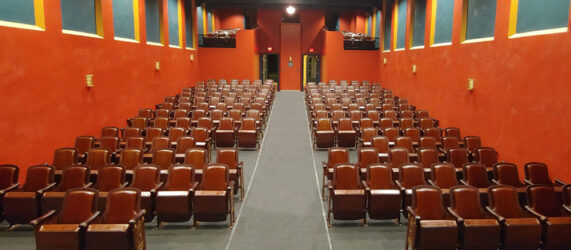Designing Sanctuary Seat Spaces for Unity and Reverence
The design of church worship spaces plays a vital role in creating an atmosphere of unity and reverence. Thoughtful and intentional seating arrangements can enhance the worship experience, promote congregation engagement, and foster a sense of togetherness. This guide explores key considerations for designing church worship seating that cultivates harmony, unity, and reverence.
Seating Layout and Orientation
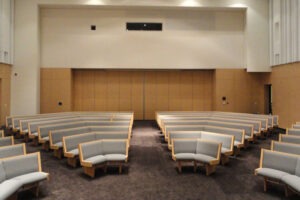 Consider the layout and orientation of seats to encourage a sense of unity. Arranging seating in a semi-circular or fan-shaped configuration facing the focal point (such as the pulpit or altar) helps congregants feel connected and engaged in communal worship.
Consider the layout and orientation of seats to encourage a sense of unity. Arranging seating in a semi-circular or fan-shaped configuration facing the focal point (such as the pulpit or altar) helps congregants feel connected and engaged in communal worship.
Clear Sightlines and Proximity
Ensure clear sightlines from all seating positions to the focal point. Avoid obstructions, such as pillars or excessive stage elements, that may hinder visibility. Additionally, consider proximity to maintain a sense of closeness to the church leaders, encouraging a shared experience.
Acoustic Considerations
Pay attention to the acoustic properties of the space. Incorporate materials that aid in sound diffusion and control echoes to create an environment conducive to worship and reflection. Consult with acoustic professionals if necessary to optimize sound quality.
Comfortable Seats
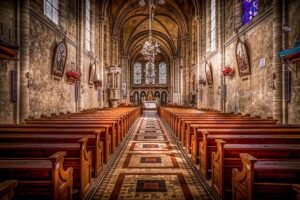 Choose comfortable seat options to promote focus and attentiveness during church. Consider ergonomic designs, ample padding, and appropriate lumbar support to ensure congregants can sit comfortably for extended periods without distraction.
Choose comfortable seat options to promote focus and attentiveness during church. Consider ergonomic designs, ample padding, and appropriate lumbar support to ensure congregants can sit comfortably for extended periods without distraction.
Intimacy and Connection
Create a sense of intimacy and connection among congregants through the seating arrangement. Incorporate smaller seating clusters or semi-private seating areas to foster a feeling of belonging and encourage interaction with fellow worshippers.
Inclusive and Accessible Design
Design sanctuary seating arrangements that are inclusive and accessible to all members of the congregation. Include designated spaces for individuals with disabilities, ensuring sufficient space for mobility aids and unobstructed views.
Symbolic Elements
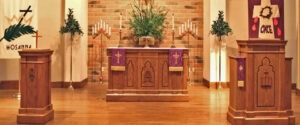 Incorporate symbolic elements within the sanctuary seating design to enhance the atmosphere of reverence. For example, incorporating crosses, religious motifs, or subtle artwork can remind congregants of the sacred nature of the space and the act of worship.
Incorporate symbolic elements within the sanctuary seating design to enhance the atmosphere of reverence. For example, incorporating crosses, religious motifs, or subtle artwork can remind congregants of the sacred nature of the space and the act of worship.
Natural Lighting
Utilize natural lighting whenever possible to create a serene and spiritual ambiance. Maximize windows or incorporate skylights to bring in natural light, allowing congregants to connect with the beauty of the surrounding environment.
Flexibility for Multi-Purpose Use
Design seating arrangements that can adapt to various worship styles and events. Incorporate movable seating options or removable partitions to facilitate seamless transitions between different types of church services and gatherings.
Congregational Input and Reflection
Seek input from the congregation during the design process to understand their needs and preferences. Regularly assess and reflect on the effectiveness of the arrangement of seats, making adjustments as necessary to ensure an environment that fosters unity, reverence, and spiritual growth.
Creating a harmonious and reverential sanctuary environment through thoughtful seating design can significantly impact the worship experience of congregants. By considering elements of unity, reverence, comfort, and inclusivity, we can design spaces that facilitate a deeper connection to the Divine and a sense of community among worshippers.



